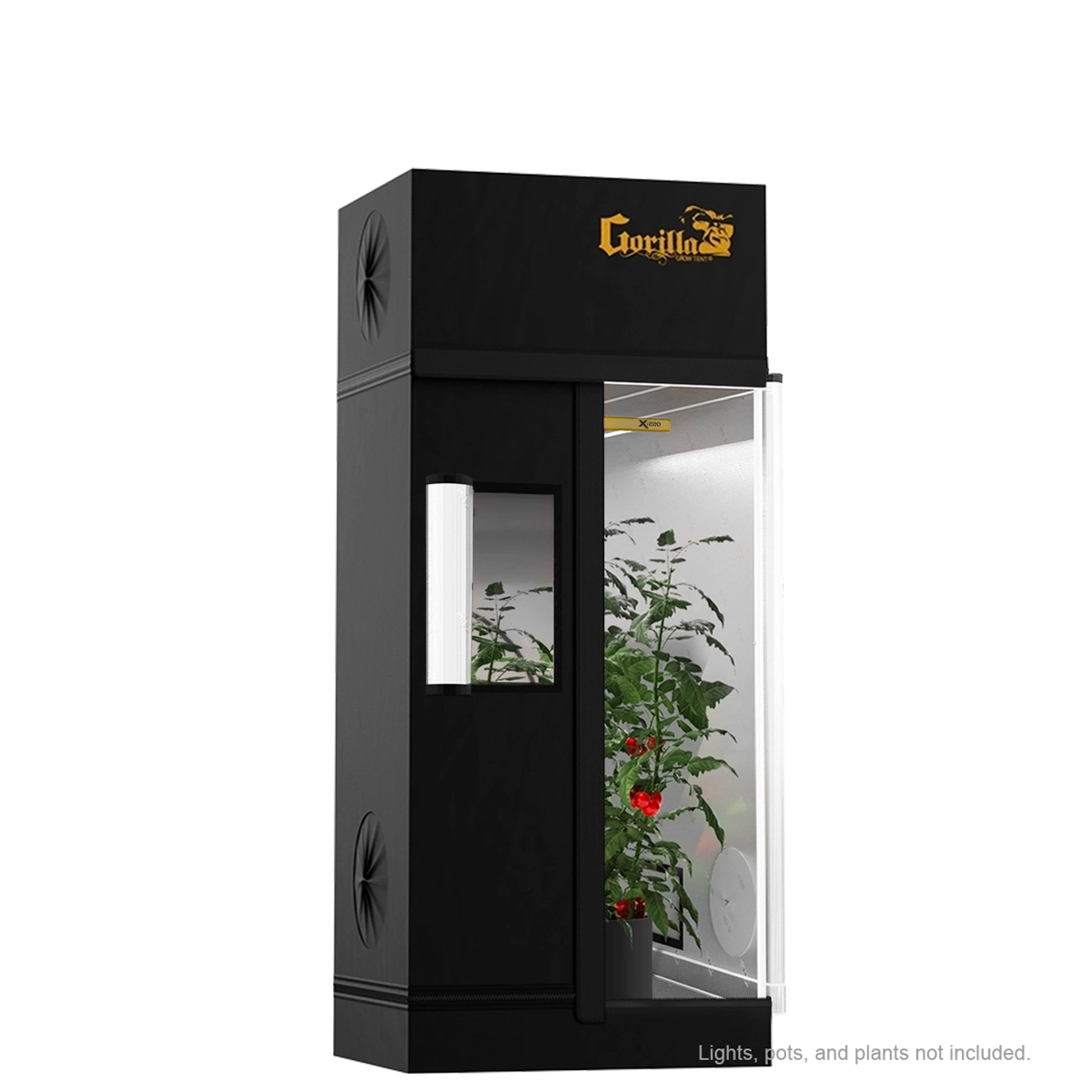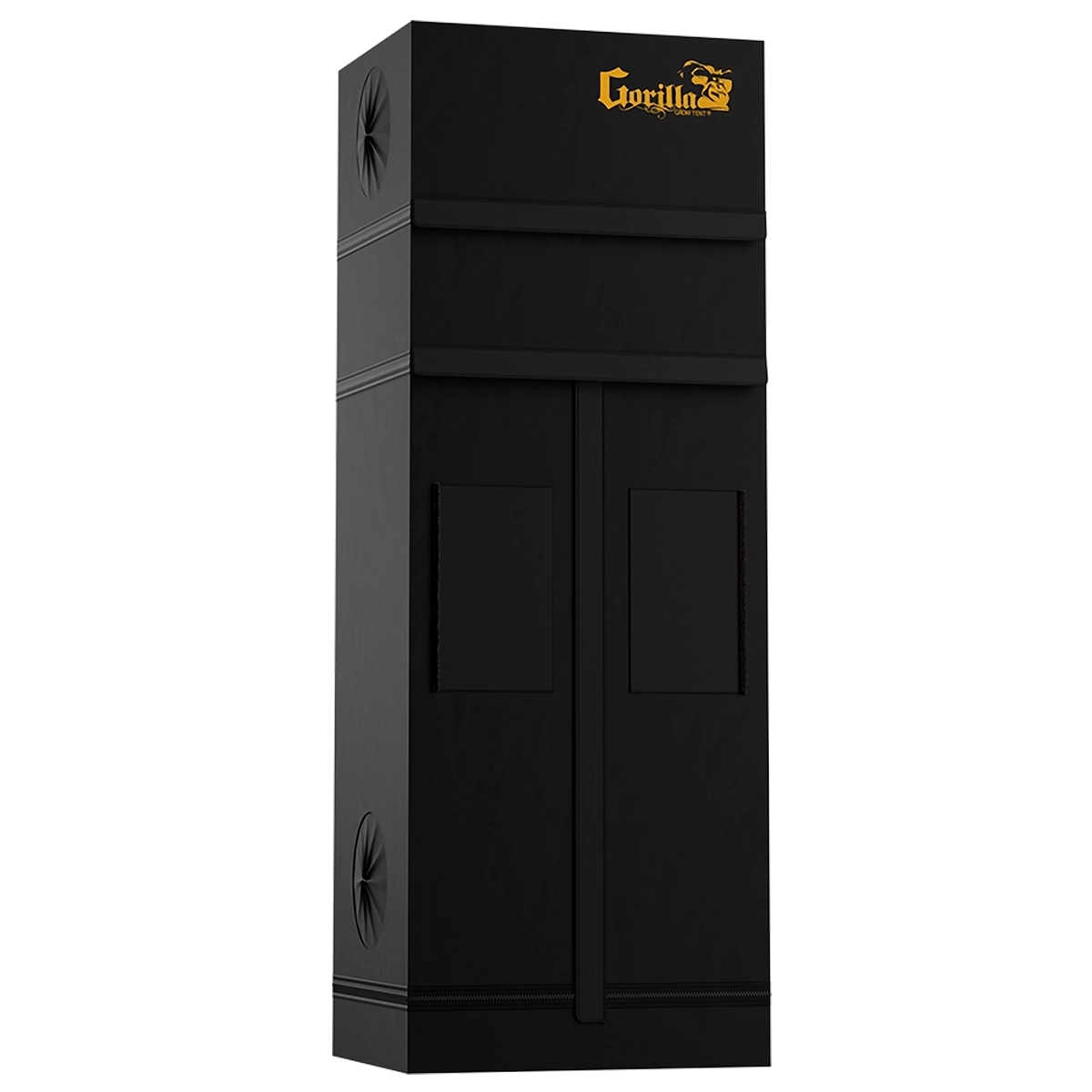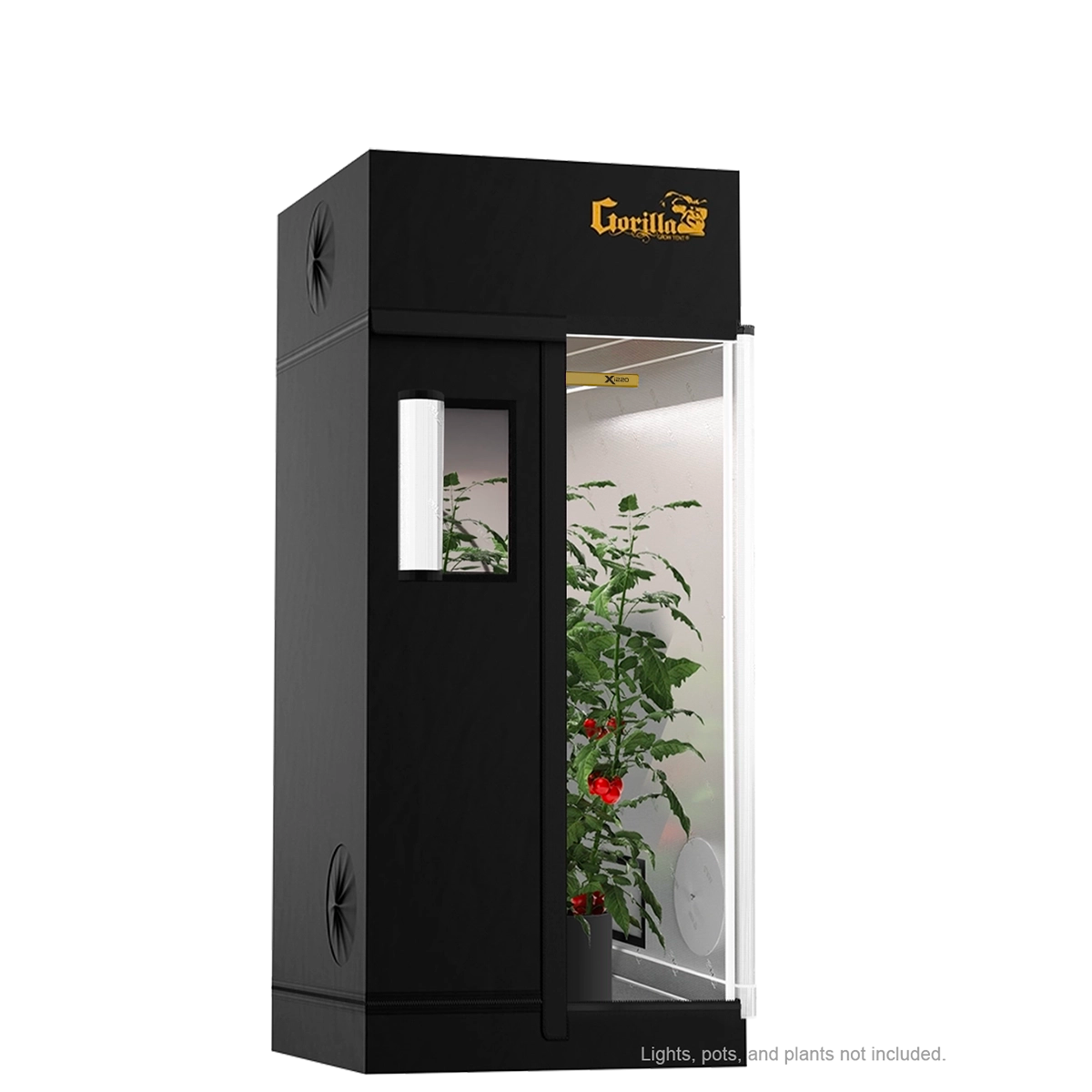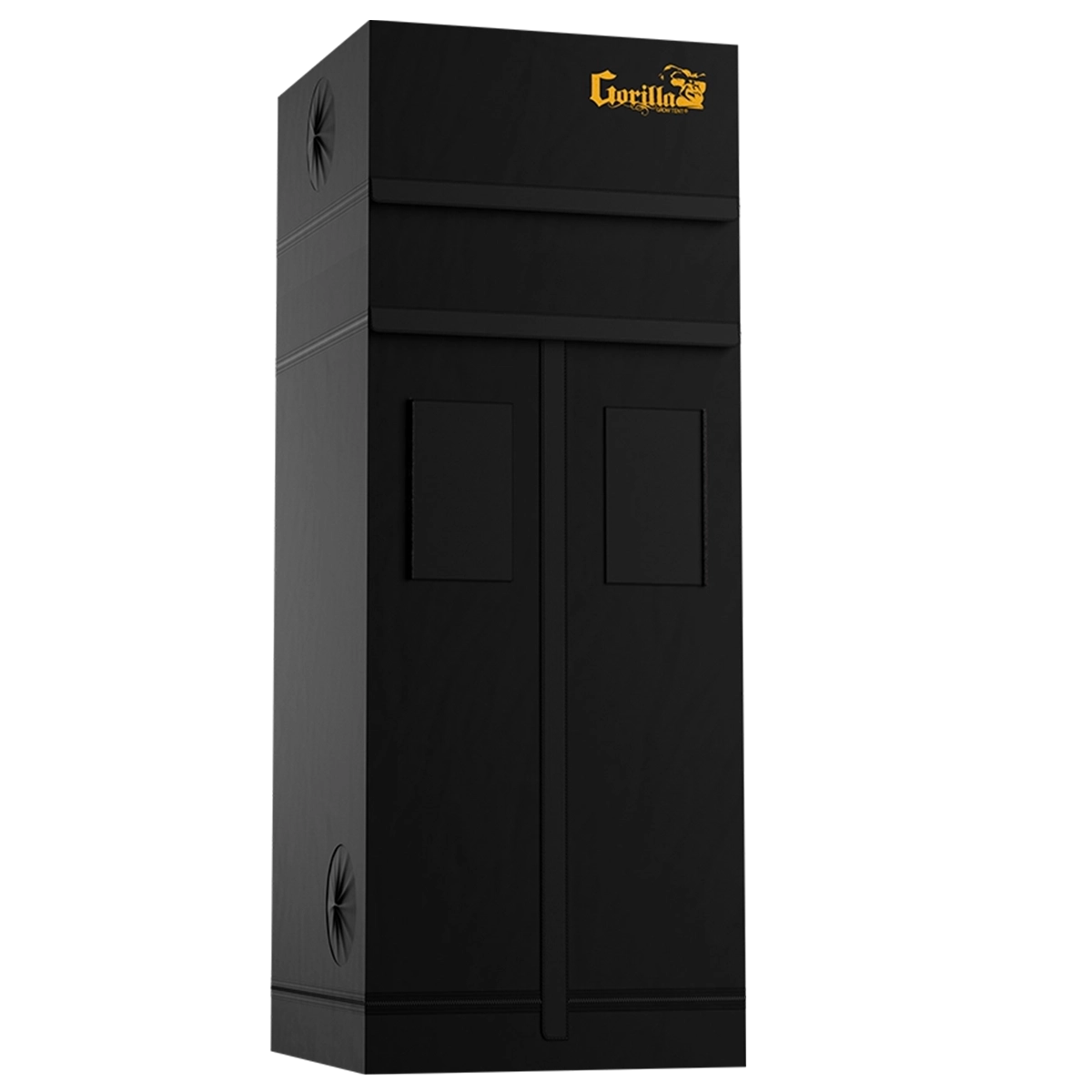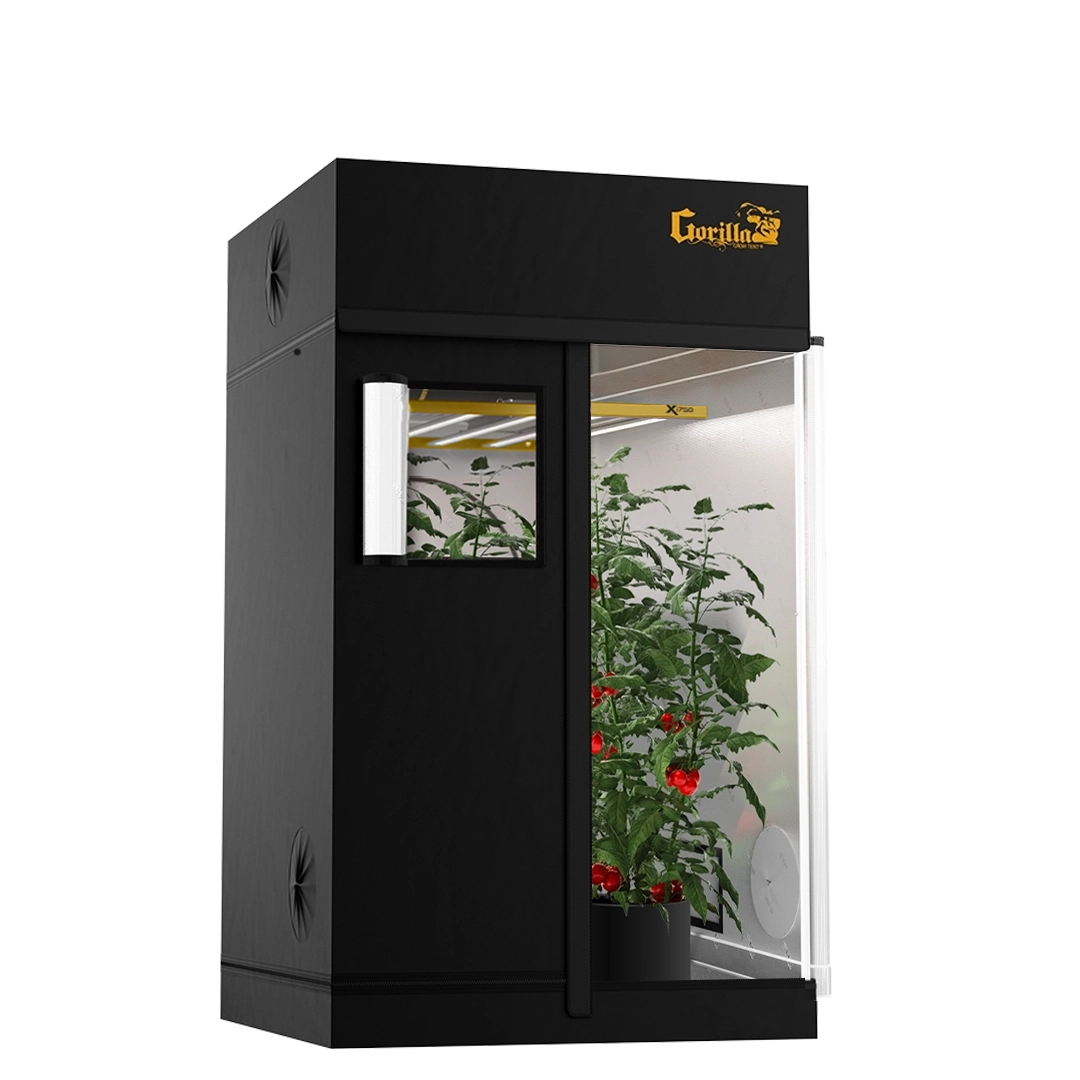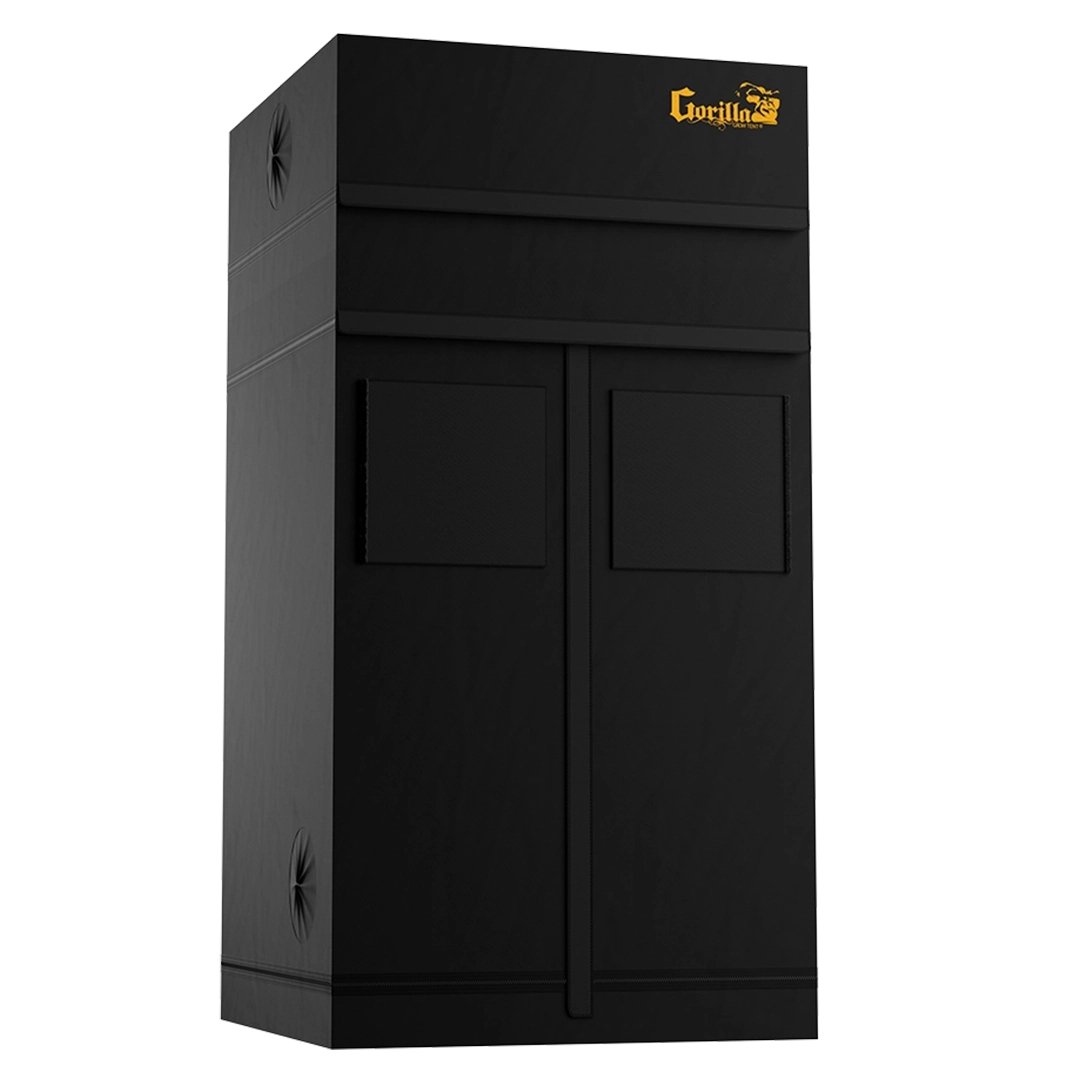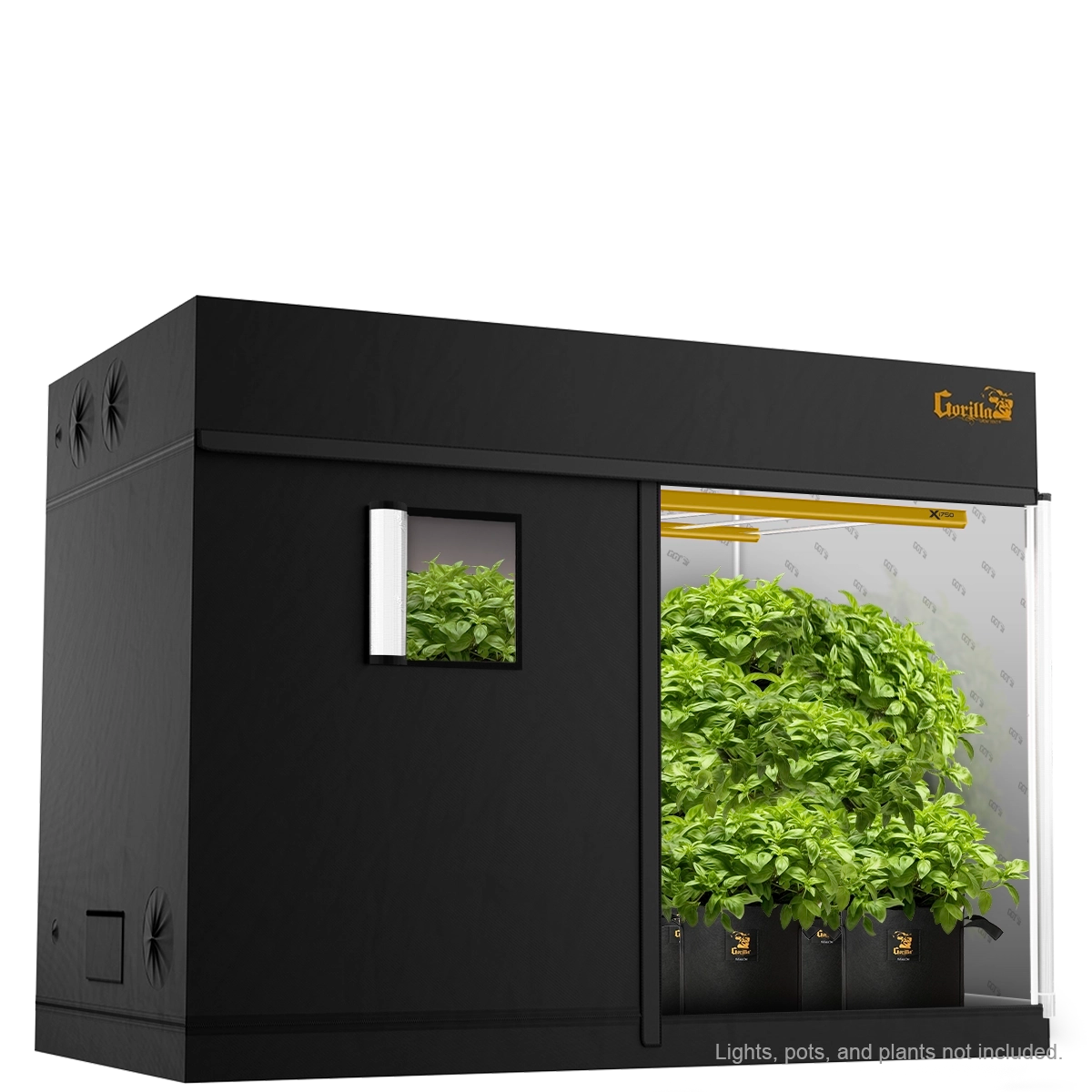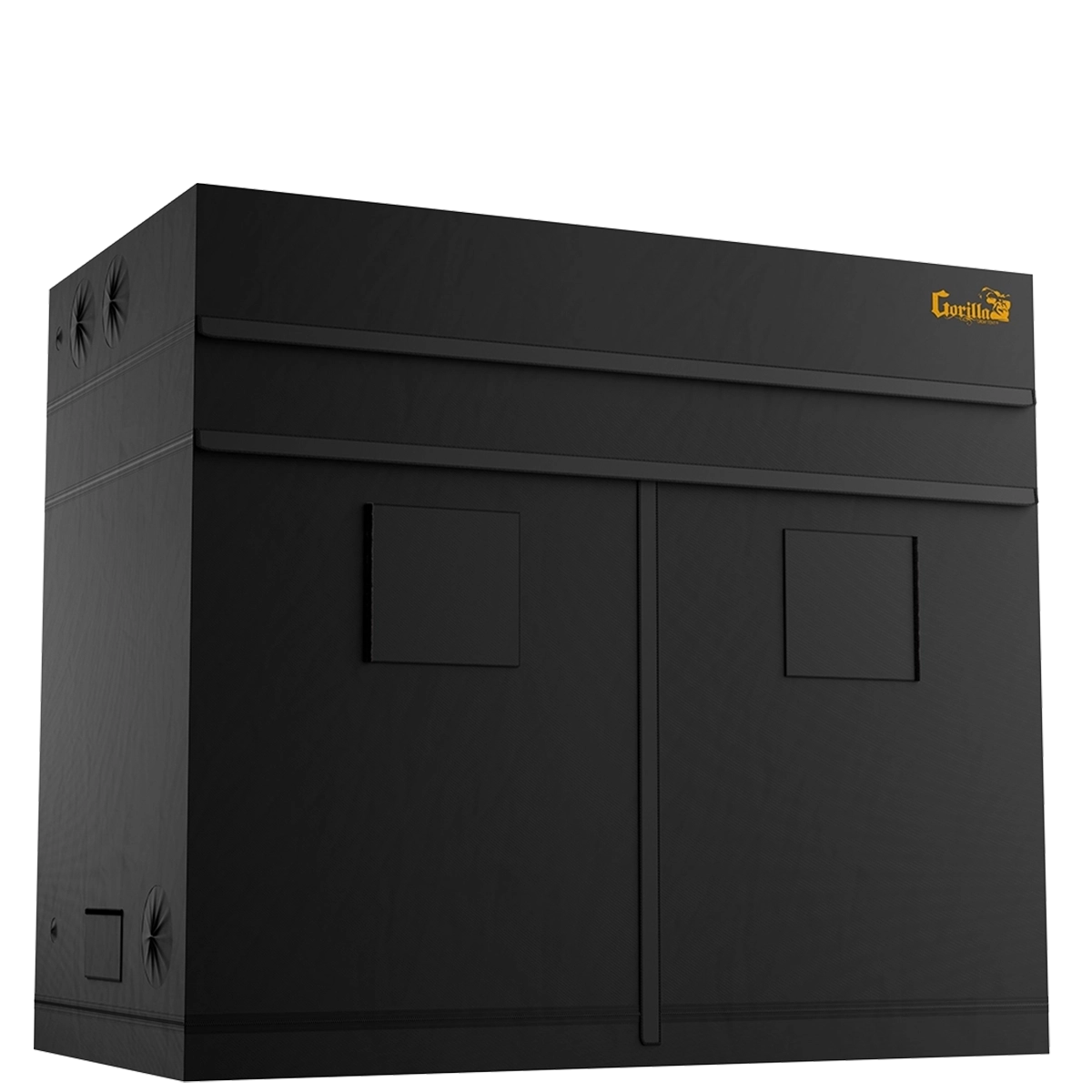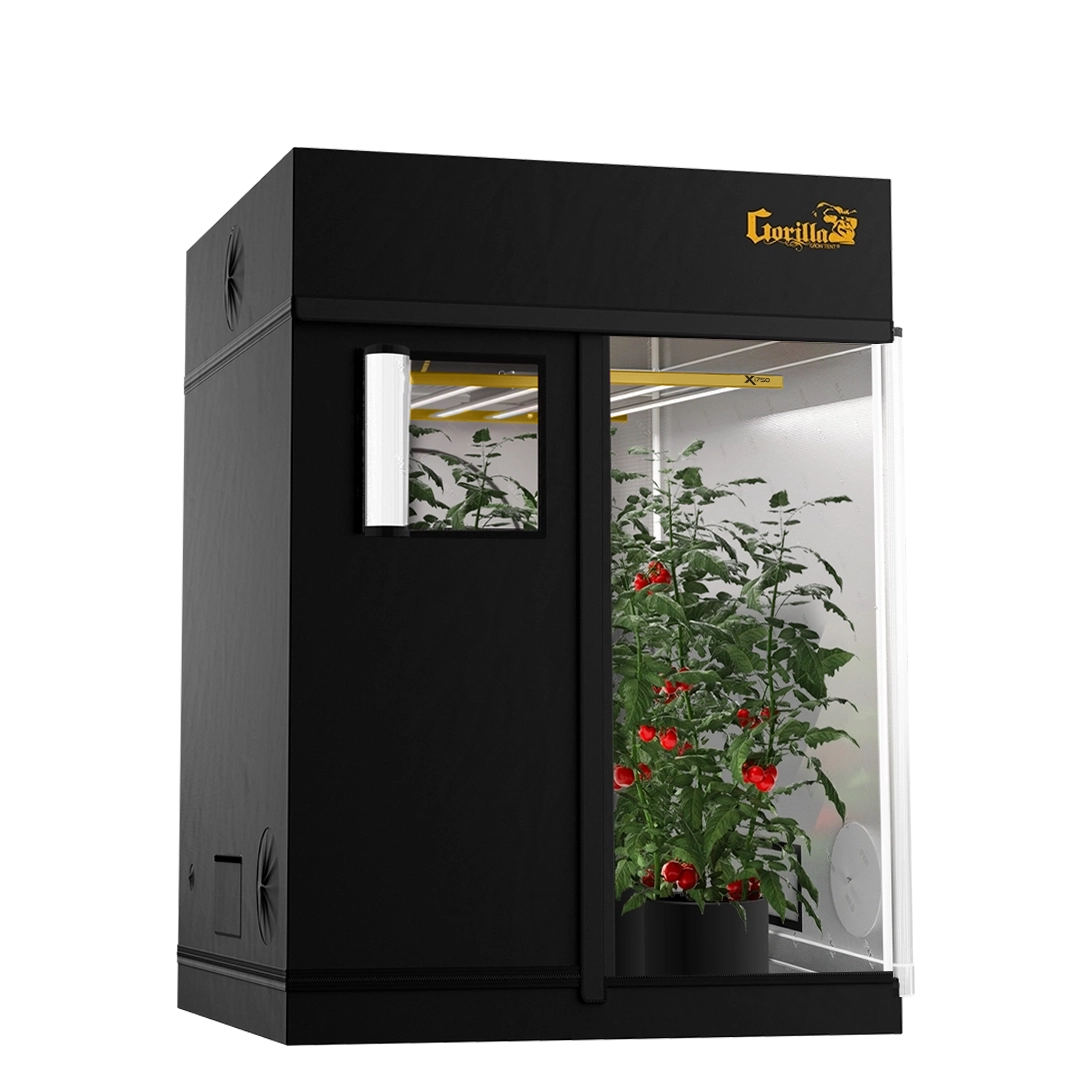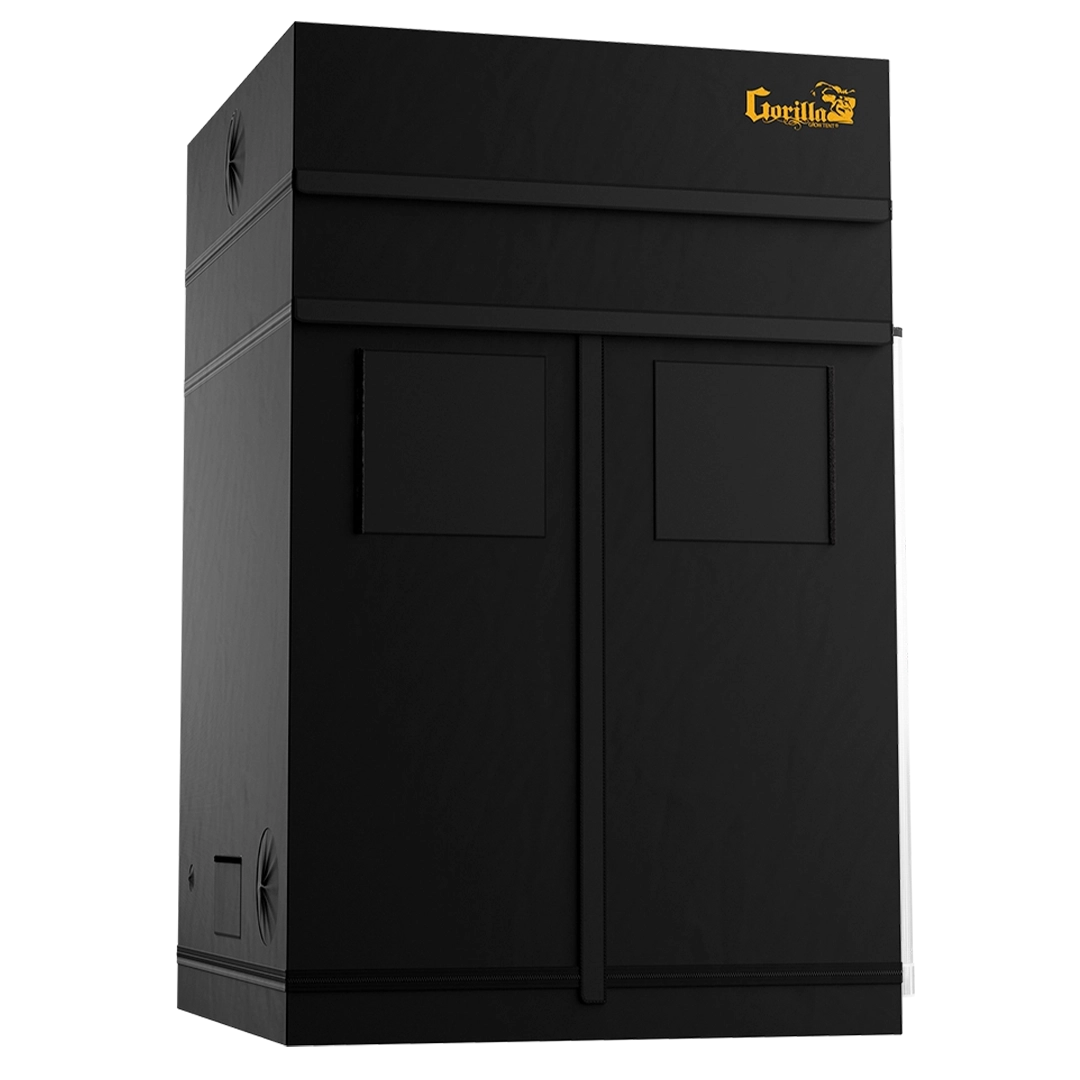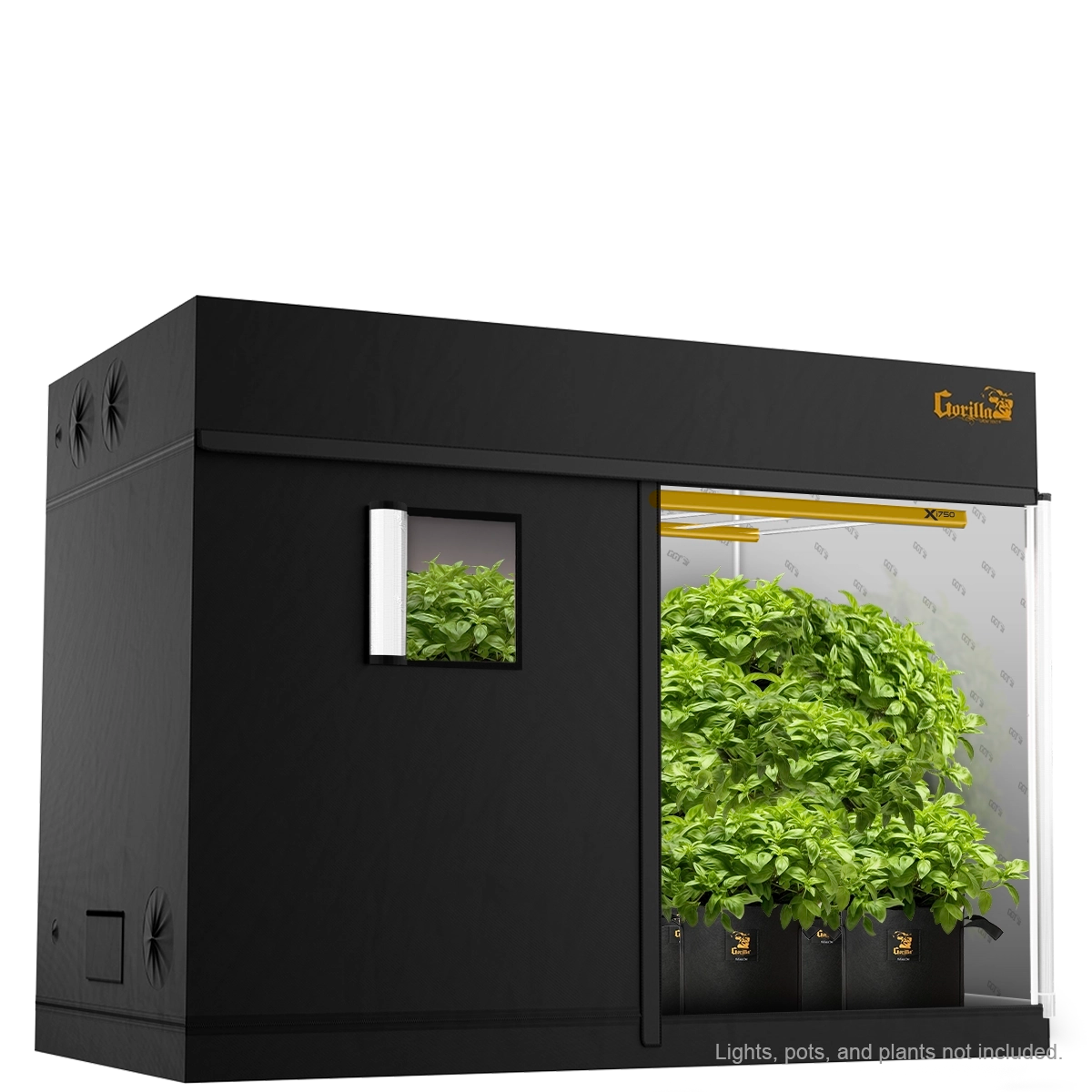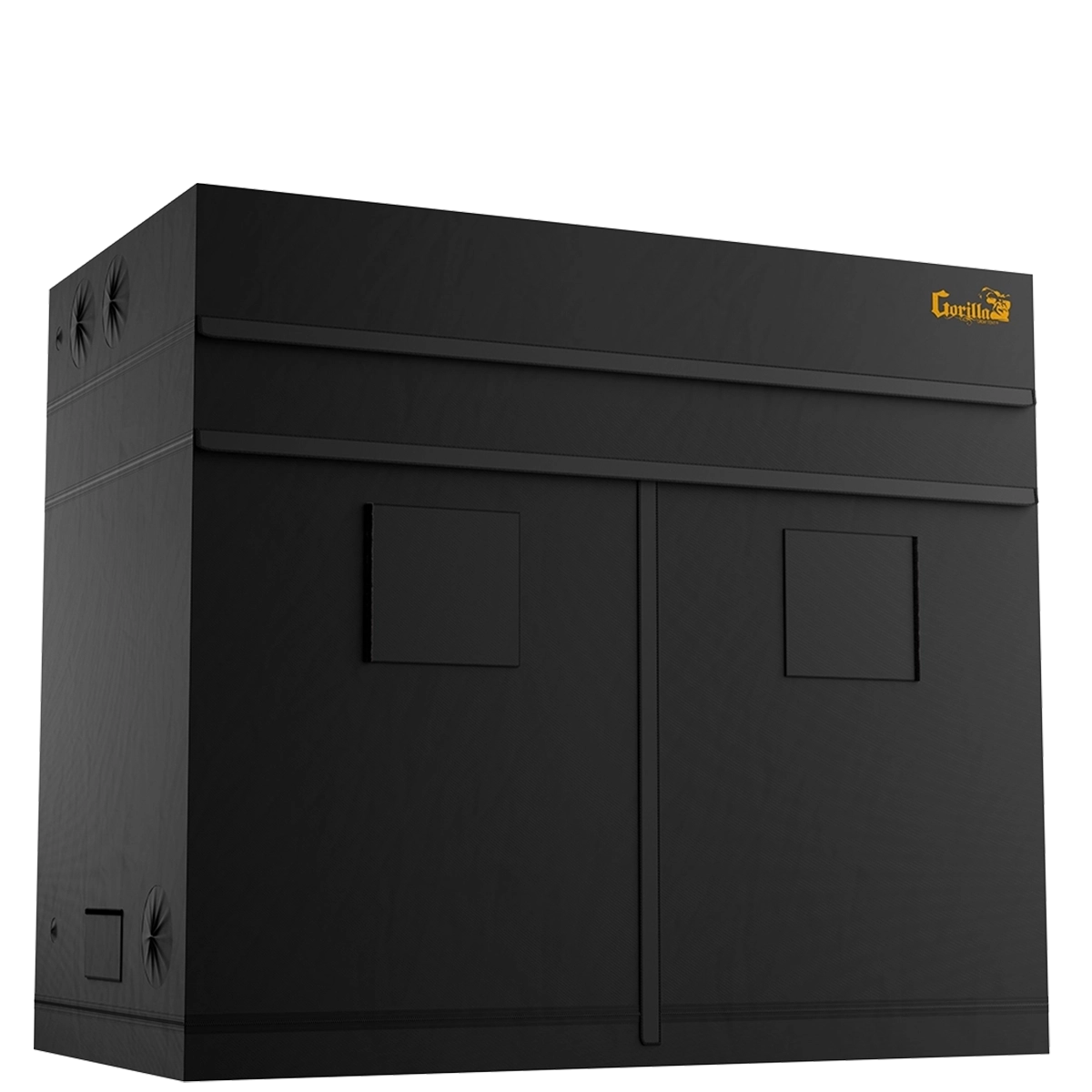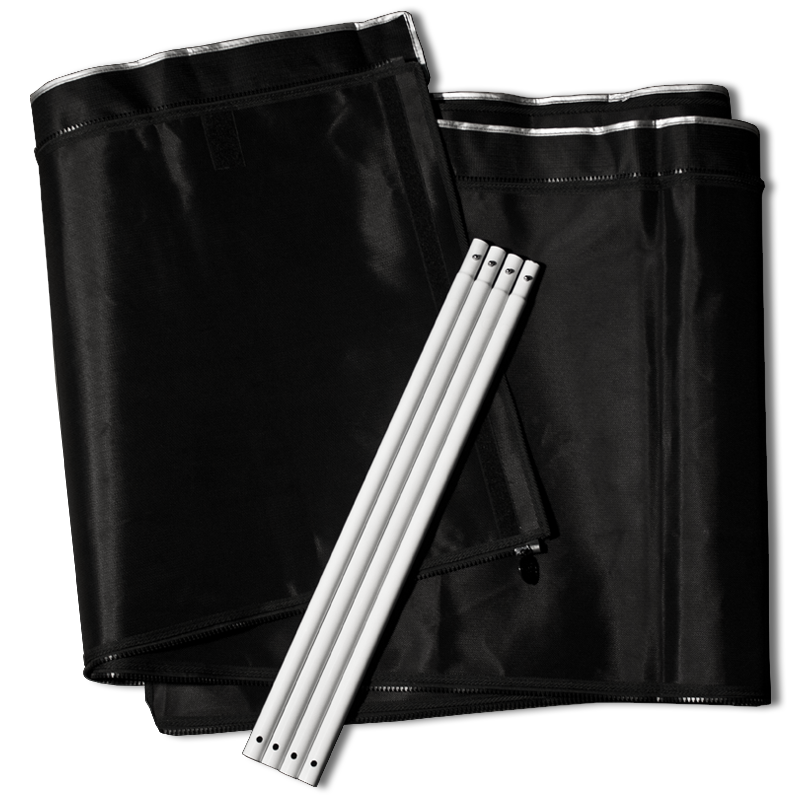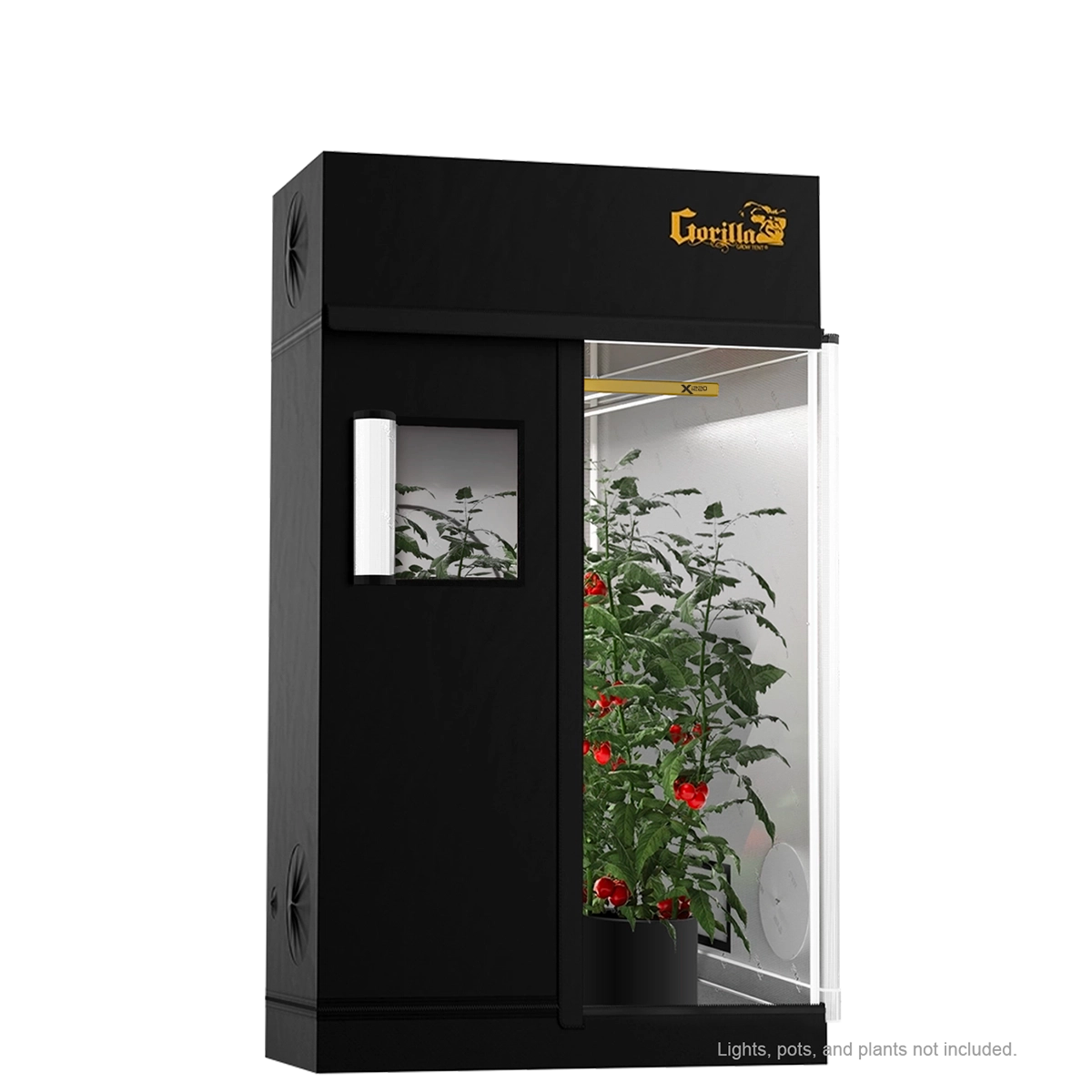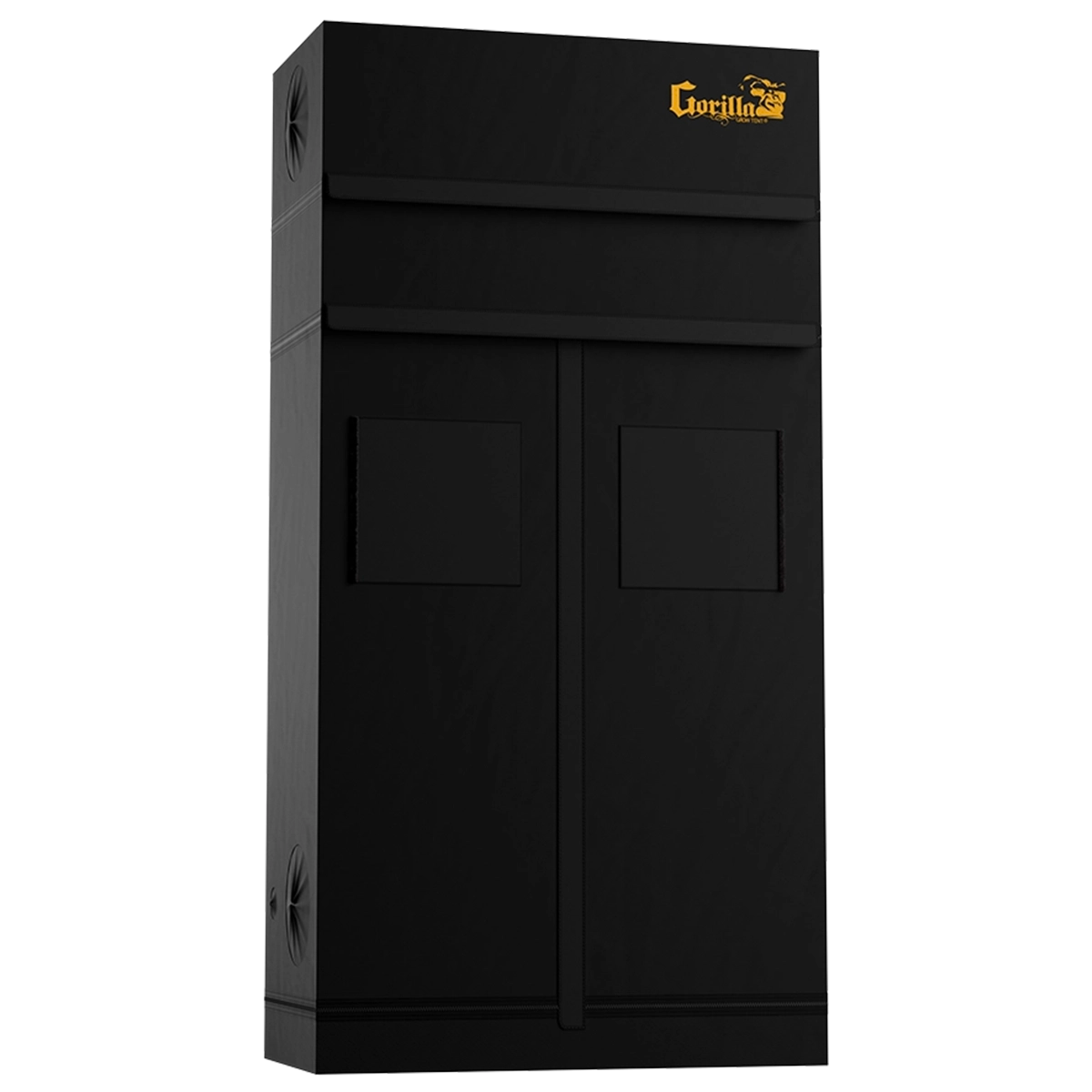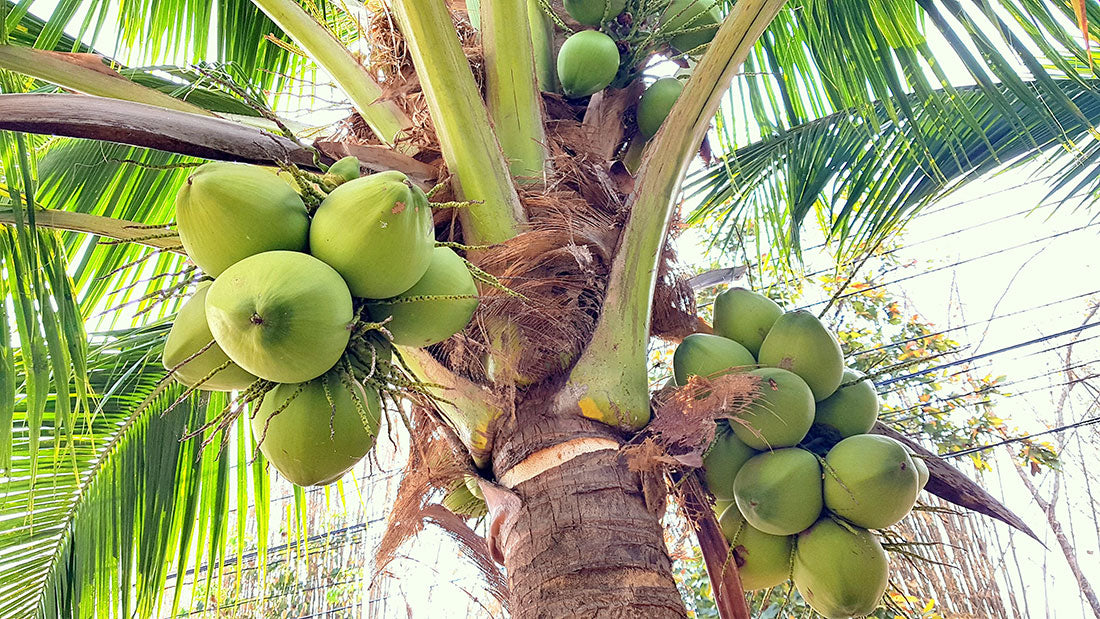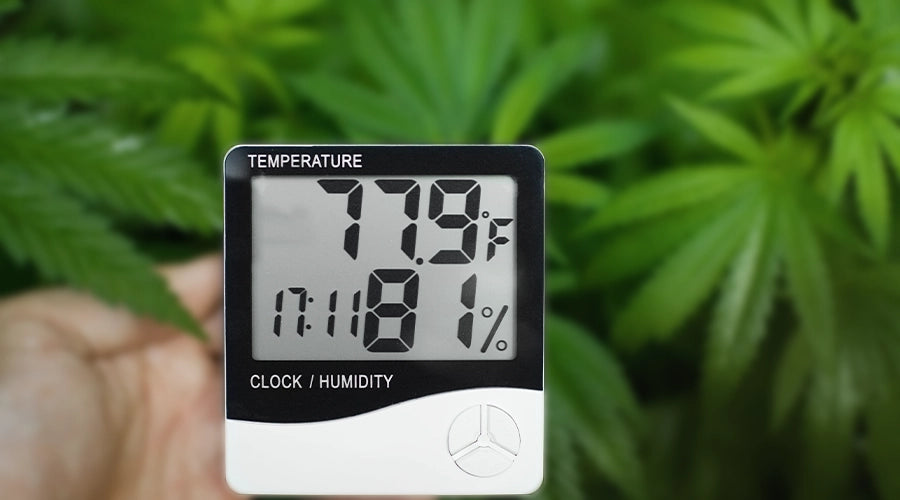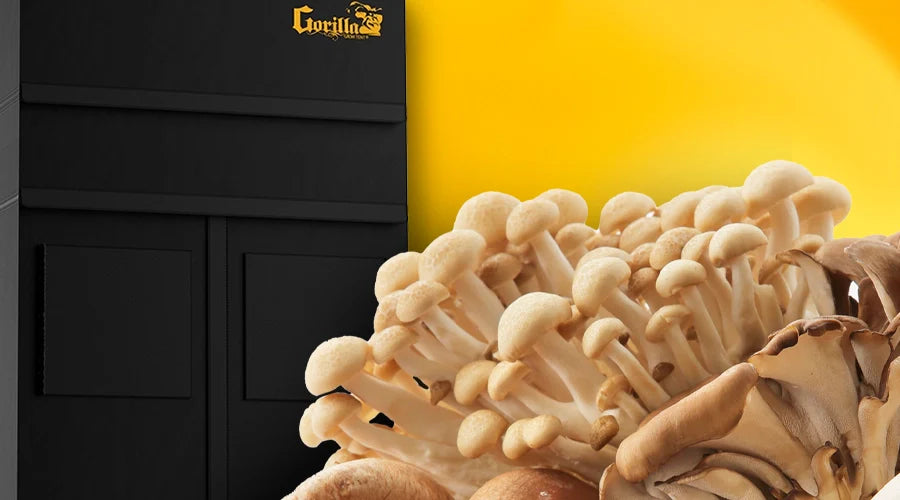
How to Grow Mushrooms in a Grow Tent: A Comprehensive Guide
What is a Mushroom Grow Tent
Growing mushrooms in a grow tent is a convenient and efficient way to cultivate your own supply of fresh mushrooms. The grow tent provides a controlled environment, making it easier to maintain the proper temperature, humidity, and air flow needed for the mushrooms to grow. The grow tent keeps pests and contaminants out, which helps to ensure that your mushrooms are safe to eat.
To get started growing mushrooms in a grow tent, you will need to purchase a grow tent, grow light, grow medium (such as compost or a grow kit), and spores of mushroom mycelium. The mycelium will need to be incubated in the grow medium, which will provide the nutrients the mushrooms need to grow. Once the mycelium has colonized the grow medium, you can then transfer the grow medium to the grow tent, where the mushrooms will grow.
Grow mediums are the substances in which the mycelium will grow and will provide the nutrients needed for the mushrooms to grow. Some common grow mediums include compost, straw, and sawdust. It is important to choose a grow medium that is well-suited to your species of mushroom, as different species have different nutrient requirements.
Attention to When Growing Mushrooms?
Humidity in the Grow Tent
It is important to maintain the proper temperature and humidity in the grow tent to ensure optimal mushroom growth. The temperature should be kept between 60-70°F, while the humidity should be between 60-80%. You may also need to provide extra ventilation to regulate air flow, as well as to prevent the buildup of CO2, which can be toxic to mushrooms.
Air Flow in the Grow Tent
In addition to temperature and humidity control, it is also important to maintain proper air flow in the grow tent. Good air flow helps to prevent the growth of mold and other contaminants and also helps to prevent the buildup of CO2, which can be toxic to mushrooms. You can regulate air flow by using a fan or by installing air vents in the tent.
Lighting in the Grow Tent
One important aspect of growing mushrooms in a grow tent is lighting. Mushrooms require a specific spectrum of light in order to grow, so it is important to use a grow light that provides the right spectrum of light for your species of mushroom. Additionally, the amount of light your mushrooms receive will impact their growth, so you may need to adjust the height of your grow light as the mushrooms grow.
Water Management of Grow Tent
Another factor to consider when growing mushrooms in a grow tent is water management. Proper watering is essential for the growth and health of your mushrooms, and it is important to avoid over- or under-watering. You can regulate water levels by misting the grow medium or by using a drip irrigation system.
Pests and Diseases
It is important to monitor your grow tent for signs of pests or disease. Common pests in mushroom growing include mites and flies, which can be controlled with insecticides or other treatments. To prevent disease, it is important to follow good hygiene practices, such as washing your hands before handling your mushrooms and avoiding contaminating the grow medium with soil or other materials.
What to Do to Grow the Best Mushrooms?
Different species of mushrooms have different growing requirements, so it is important to choose a species that will grow well in your grow tent. Some common species that are well-suited to indoor growing include shiitake, oyster, and lion's mane mushrooms. Each species will have slightly different requirements, so it is important to research your chosen species before getting started.
Finally, it is important to harvest the mushrooms at the right time to ensure that they are at their best. Generally, mushrooms should be harvested when the caps have opened, and the stems have elongated. Once harvested, you can enjoy your fresh mushrooms in a variety of dishes.
Growing mushrooms in a grow tent is a fun and rewarding hobby that can provide you with a steady supply of fresh mushrooms. With a little patience and attention to detail, you can have a thriving mushroom farm right in your own home. Just remember to choose the right species, maintain proper temperature, humidity, and air flow, use the right grow light, water your mushrooms properly, and monitor your grow tent for pests and diseases.
Grow Tent Reviews for Growing Mushrooms
Gorilla Mushroom Grow Tent is a special type of grow tent designed for growing mushrooms. Made by Gorilla Grow Tents, a company that manufactures high quality grow tents for a variety of plants and crops.
Gorilla Mushroom Grow Tent is made of high quality materials such as reflective mylar fabric and heavy-duty zippers to provide optimal growing conditions for mushrooms. It has an easy-to-assemble design and is available in a variety of sizes to accommodate different growing setups.
The tent's reflective interior allows the mushrooms to receive maximum light, while the ventilation system helps regulate the temperature and humidity levels necessary for optimum growth. The tent also has multiple attachment points for placing ducts and other equipment, as well as providing easy access to the growing area.
Overall, the Gorilla Mushroom Grow Tent is an excellent choice for anyone who wants to grow mushrooms in a controlled environment. Its durable construction and easy-to-use design make it a popular choice among growers of all levels.
Size options: Gorilla mushroom grow tent offers a choice of 11 sizes ranging from 4x4 feet to 10x20 feet. The size you choose will depend on the number of fungal spores you plan to grow and the available space in your home or grow room.
Height extension kit: Gorilla Grow Tents also offers a height extension kit that can increase the height of the tent by 1 foot or 2 feet, depending on the model. This can be useful if you want to grow taller types of mushrooms or if you need more space to hang lights and other equipment.
Features: The Gorilla mushroom grow tent has several features that make it ideal for growing mushrooms, such as multiple inlet and outlet ports, observation windows, and a waterproof tray to catch any spills or leaks.
Durability: The Gorilla mushroom grow tent is made of thick, ripstop fabric and features sturdy metal poles and connectors. It is designed to withstand multiple growth cycles and comes with a limited warranty for added peace of mind.
Price: The Gorilla mushroom grow tent isn't the cheapest option on the market, but its high-quality materials and construction justify the price. Expect to pay several hundred dollars for a new tent, depending on the size and features you choose.
Tips and Tricks for Growing Mushrooms in a Grow Tent
Mushroom cultivation is a fascinating and rewarding endeavor, offering the opportunity to grow a wide variety of delicious and nutritious fungi right in your own home. To create the optimal environment for successful mushroom growth, many cultivators turn to the convenience and control provided by a grow tent. In this informative article, we will explore the tips and tricks for growing mushrooms in a grow tent, helping you embark on a fruitful and satisfying mushroom cultivation journey.
Mastering the Art of Mushroom Cultivation: Expert Tips for Grow Tent Growing
Selecting the Right Mushroom Species:
Different mushroom species have varying growth requirements, so it's important to choose the right variety for your grow tent setup. Some popular choices for indoor cultivation include oyster mushrooms, shiitake mushrooms, and white button mushrooms. Research the specific needs and preferences of your chosen species, including temperature, humidity, and substrate requirements, to ensure optimal conditions for growth.
Setting Up the Grow Tent:
Choose a suitable size grow tent for your mushroom cultivation. A smaller tent, such as a 2x2 or 3x3, can work well for smaller-scale mushroom production. Ensure the tent is lightproof, as mushrooms require darkness to develop properly. Set up the tent in a clean, well-ventilated area away from direct sunlight and extreme temperature fluctuations.
Controlling Temperature and Humidity:
Maintaining the ideal temperature and humidity levels is crucial for successful mushroom cultivation. Most mushroom species thrive in temperatures ranging from 60°F to 75°F (15°C to 24°C). Use a digital thermometer and hygrometer to monitor and adjust these parameters inside the grow tent. A humidifier and/or a mister can help maintain the required humidity levels, typically between 70% and 90%.
Creating the Ideal Growing Medium:
Mushrooms require a specific growing medium, often referred to as a substrate. Common substrates include straw, sawdust, wood chips, or a combination of these materials. Sterilize the substrate to eliminate competing organisms and then inoculate it with mushroom spawn, which contains the mycelium—the vegetative part of the fungus. Properly mix and prepare the substrate according to the specific requirements of your chosen mushroom species.
Lighting Requirements:
Unlike plants, mushrooms do not require intense light for growth. In fact, they prefer low light conditions or complete darkness. Ambient light from the surrounding area is generally sufficient for mushroom development. However, if you prefer a light source in the grow tent for monitoring and maintenance purposes, choose a low-intensity light, such as a small LED light, to minimize potential heat build-up.
Ventilation and Air Exchange:
While mushrooms thrive in humid environments, proper air exchange is essential to prevent the buildup of carbon dioxide and excess moisture. Ensure your grow tent has proper ventilation to allow fresh air to circulate. Use passive vents or an exhaust fan to maintain airflow and prevent stale air conditions.
Harvesting and Maintenance:
As your mushrooms grow, monitor their progress closely. Harvest them when they reach the desired size and maturity before the caps flatten or open. Use clean tools, such as a sharp knife or scissors, to cut the mushrooms at the base of the stem. Maintain cleanliness within the grow tent by removing any spent substrate or mushroom remnants promptly.
Maintaining Cleanliness and Sterility:
Mushrooms are sensitive to contamination, so it's crucial to maintain a clean and sterile environment. Use gloves and sanitize your hands before handling the substrate and mushroom spawn. Clean and disinfect all equipment and surfaces to minimize the risk of introducing harmful bacteria or fungi that could compete with your mushrooms.
Fruiting Conditions:
After inoculating the substrate with mushroom spawn, create the right conditions for fruiting. This often involves inducing a temperature drop and increasing fresh air exchange. Follow the specific guidelines for your mushroom species to trigger the fruiting process. This may include reducing the temperature to the low 60s°F (around 16°C) and increasing air circulation within the grow tent.
Growing mushrooms in a grow tent is an exciting and fulfilling way to embark on a journey of cultivating these delicious fungi. So, roll up your sleeves, gather your tools, and get ready to dive into the wonderful world of mushroom cultivation in a grow tent.
Easy Assembly: Choosing a Grow Tent That's Simple to Set Up
Setting up a grow tent for your indoor garden should be an exciting and straightforward process. However, not all grow tents are created equal when it comes to ease of assembly. Choosing a grow tent that is simple to set up can save you time and frustration and ensure a smooth start to your gardening journey. In this article, we'll discuss the key factors to consider when selecting a grow tent that offers easy assembly and provides a hassle-free setup experience.
Simplify Your Setup: Selecting a Hassle-Free Grow Tent for Your Indoor Garden
Tent Design and Structure:
Start by evaluating the design and structure of the grow tent. Look for tents that feature a user-friendly design with clear instructions and intuitive assembly mechanisms. Ideally, the tent should have a sturdy frame constructed with durable materials such as metal or high-quality plastic. A well-designed frame ensures stability and makes the assembly process easier.
Pre-Attached Components:
Consider grow tents that come with pre-attached components to simplify the setup process. These can include pre-installed zippers, ventilation ports, and cable ports. Having these elements already in place eliminates the need for additional assembly steps, allowing you to focus on setting up the tent and arranging your plants.
Tool-Free Assembly:
Look for grow tents that require minimal or no tools for assembly. Tool-free setups are typically more convenient and efficient, as they eliminate the need for searching for specific tools or spending time on complicated hardware connections. Instead, these tents often utilize snap-on or push-lock mechanisms for connecting poles and frames, making the process quicker and more user-friendly.
Clear and Detailed Instructions:
Ensure that the grow tent you choose comes with clear and detailed instructions. The instructions should include step-by-step guidance on assembling the tent, including visuals or diagrams to assist you. Well-written instructions can significantly simplify the assembly process, especially if you are new to setting up grow tents.
Quick and Secure Fasteners:
Pay attention to the type of fasteners used in the grow tent. Look for tents that feature sturdy and reliable fasteners, such as heavy-duty zippers or Velcro closures. These fasteners should provide a secure and tight seal to prevent light leaks and maintain the integrity of the tent structure. Quick-release fasteners can also be beneficial, allowing for easy access to the tent for maintenance and plant care.
Modular or Pop-Up Tents:
Consider modular or pop-up grow tents for the ultimate ease of assembly. Modular tents consist of interchangeable panels that can be easily connected, allowing you to customize the size and layout of your grow space. Pop-up tents, on the other hand, can be set up in seconds by simply unfolding and extending the frame. These options are especially convenient if you anticipate changing your grow setup or frequently relocating your indoor garden.
Size and Weight:
Consider the size and weight of the grow tent, especially if you plan on assembling it by yourself. A lightweight tent is generally easier to handle and maneuver during the setup process. Additionally, a compact size may require less effort to position and secure the tent in your desired location.
Number of Connection Points:
Take note of the number of connection points in the grow tent's frame. A tent with fewer connection points can make the assembly process quicker and less complicated. However, ensure that the tent maintains its stability and structural integrity despite having fewer connection points.
Removable and Washable Components:
Look for grow tents that feature removable and washable components, such as the tent walls or the floor tray. These removable parts make it easier to clean the tent and maintain a hygienic environment for your plants. Being able to detach and reattach these components effortlessly simplifies the overall setup and maintenance process.
Customer Reviews and Recommendations:
Before making a final decision, read customer reviews and seek recommendations from experienced growers. Hearing firsthand experiences and feedback from others who have assembled the specific grow tent you are considering can provide valuable insights into the ease of assembly and overall satisfaction with the product.


